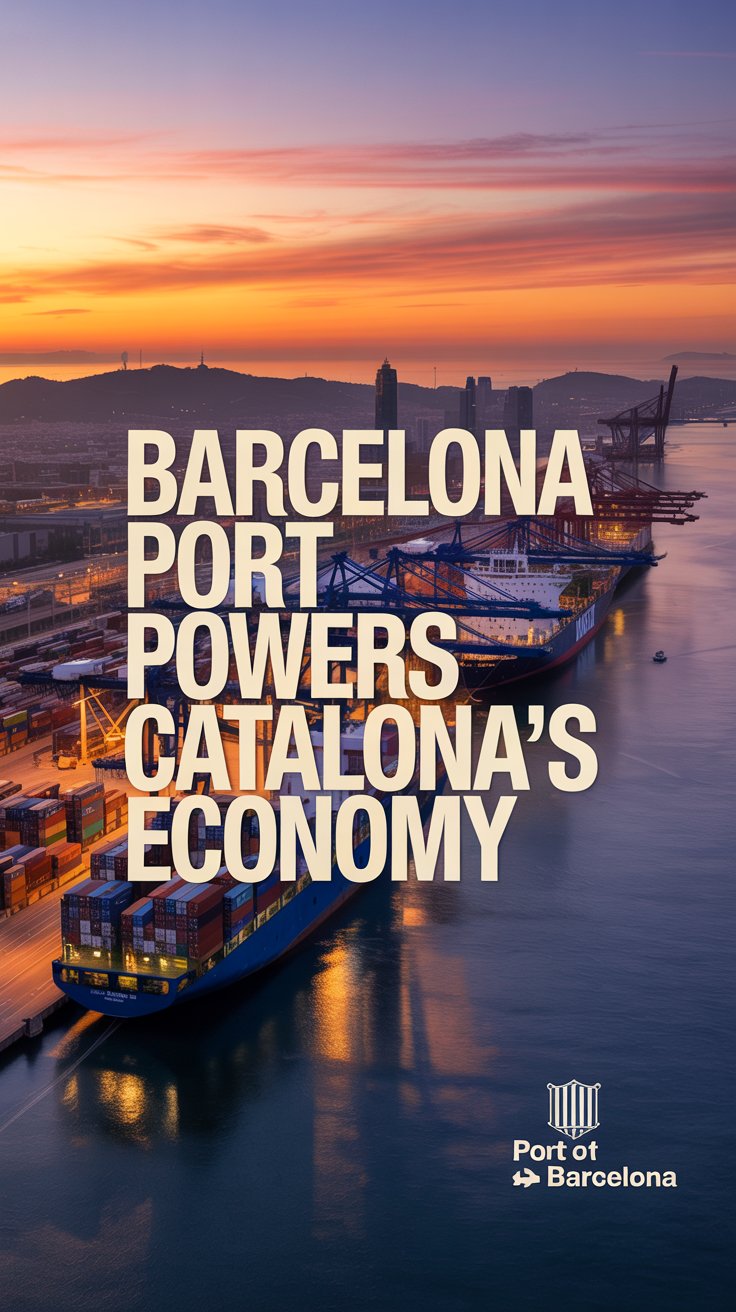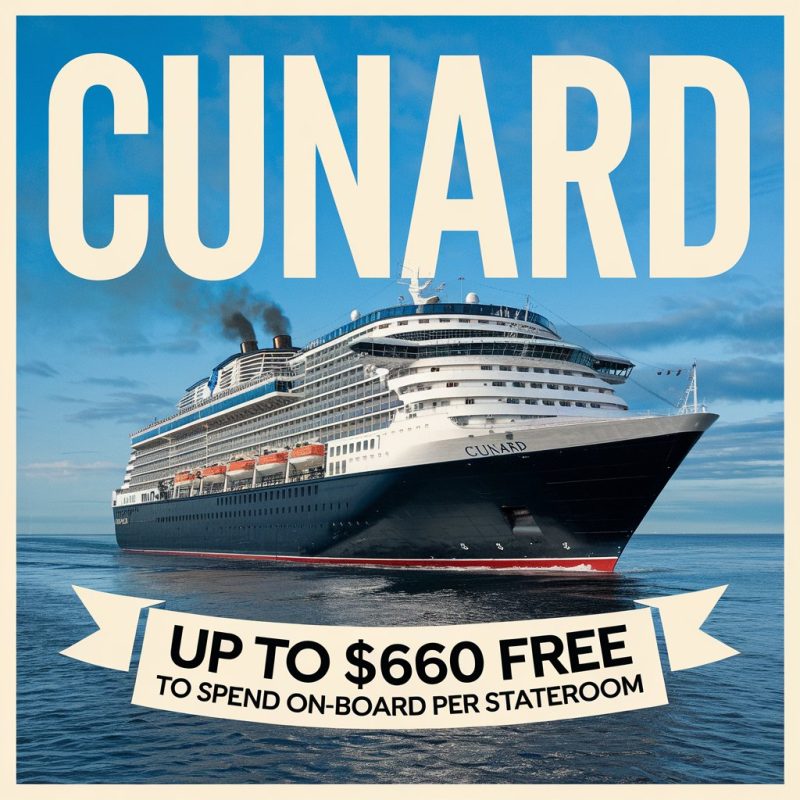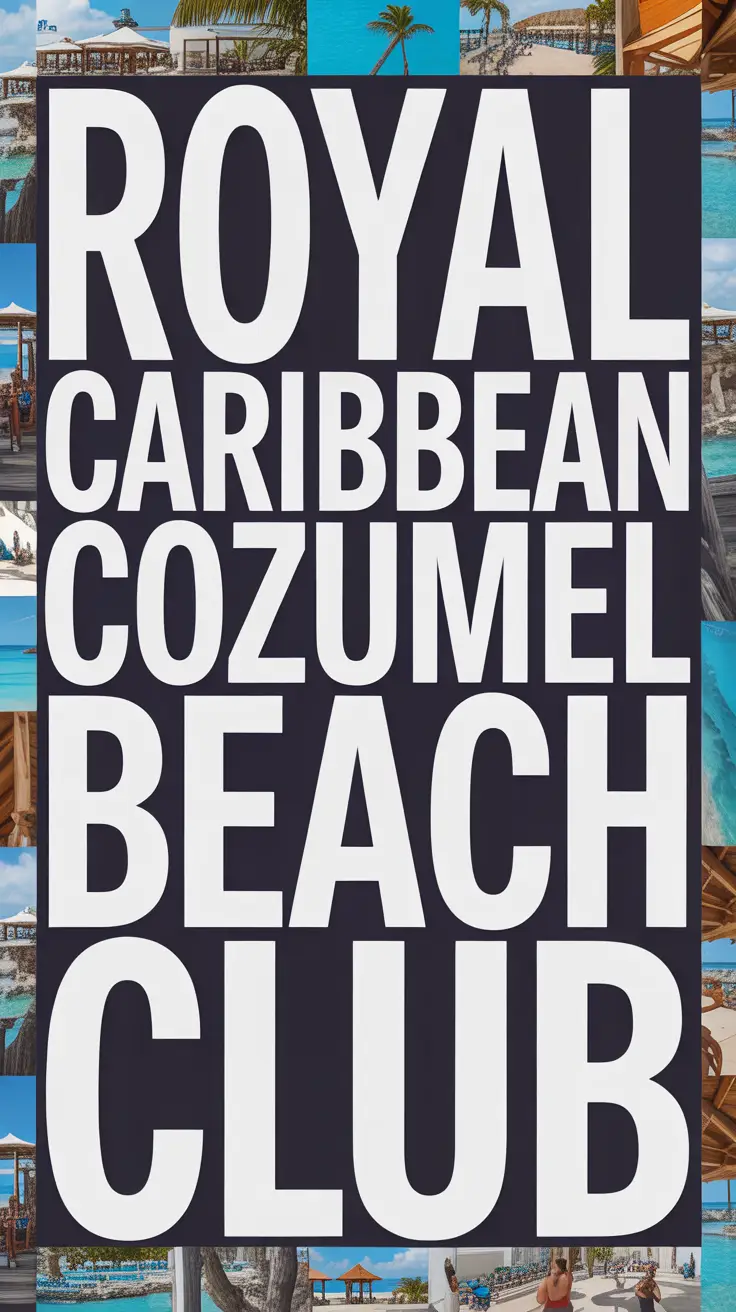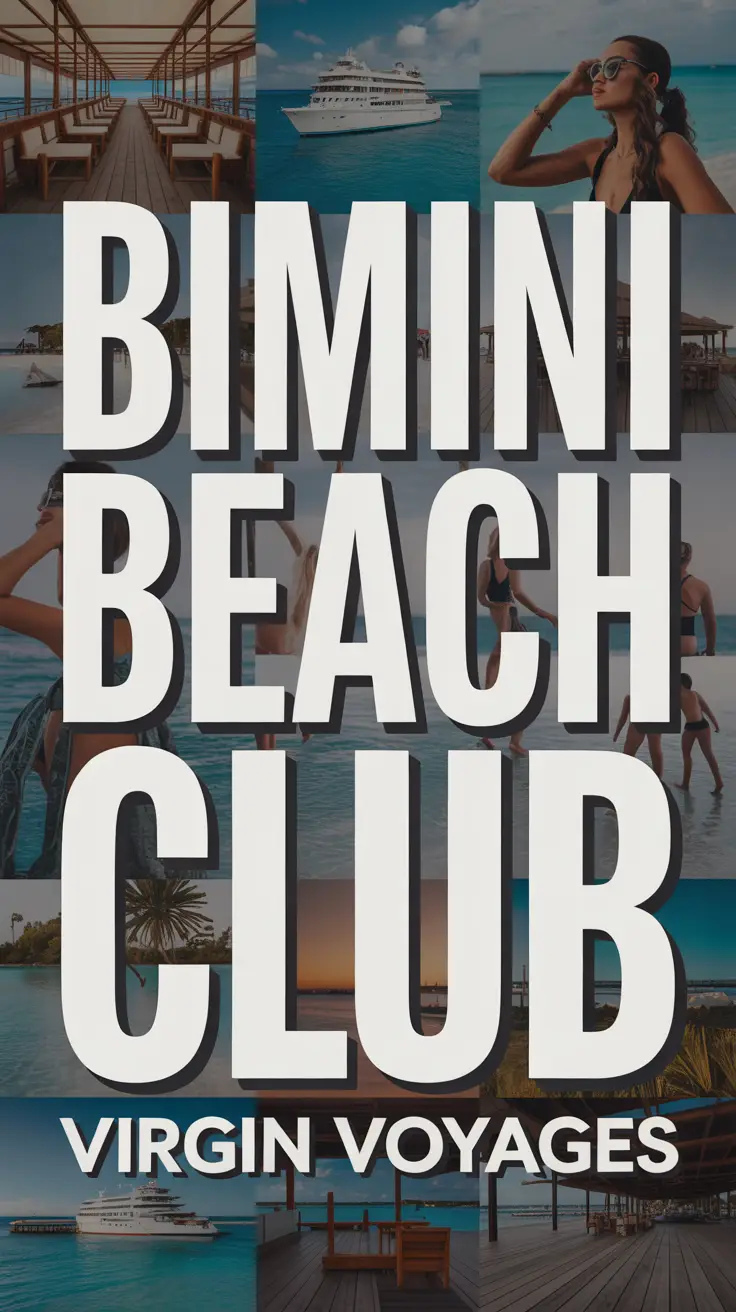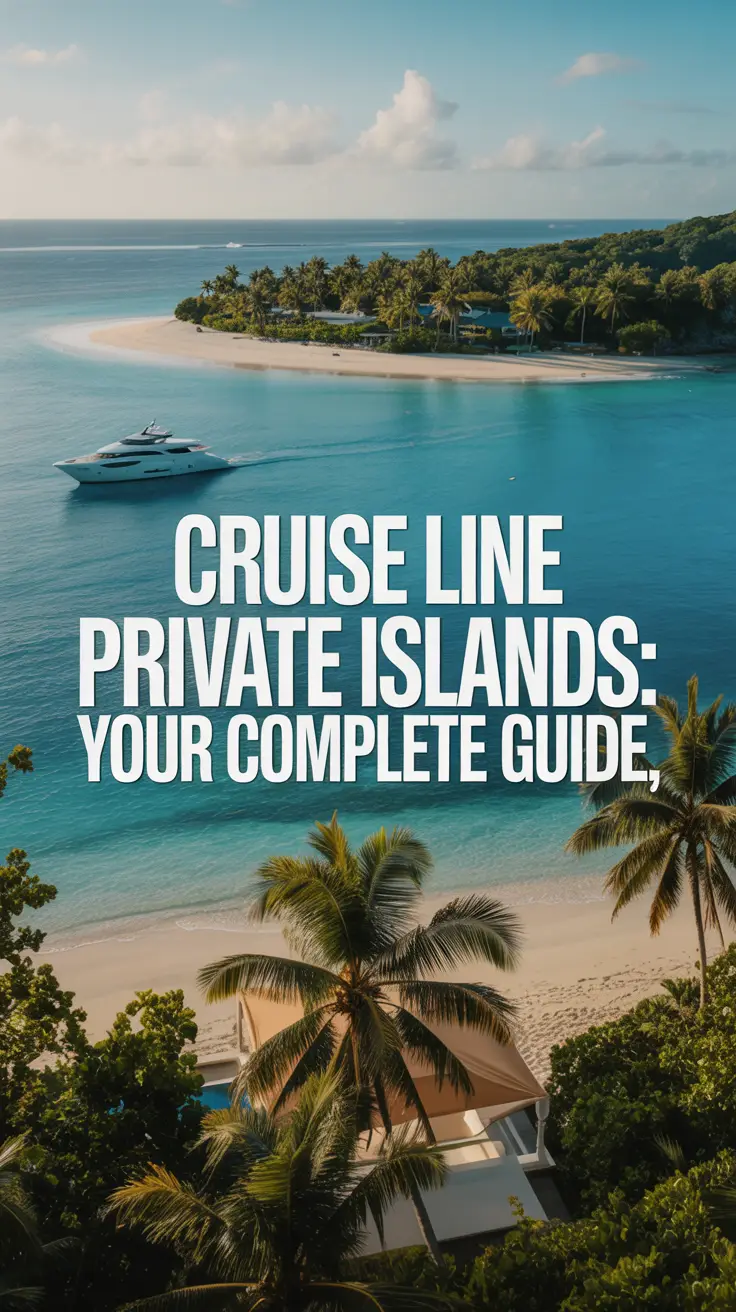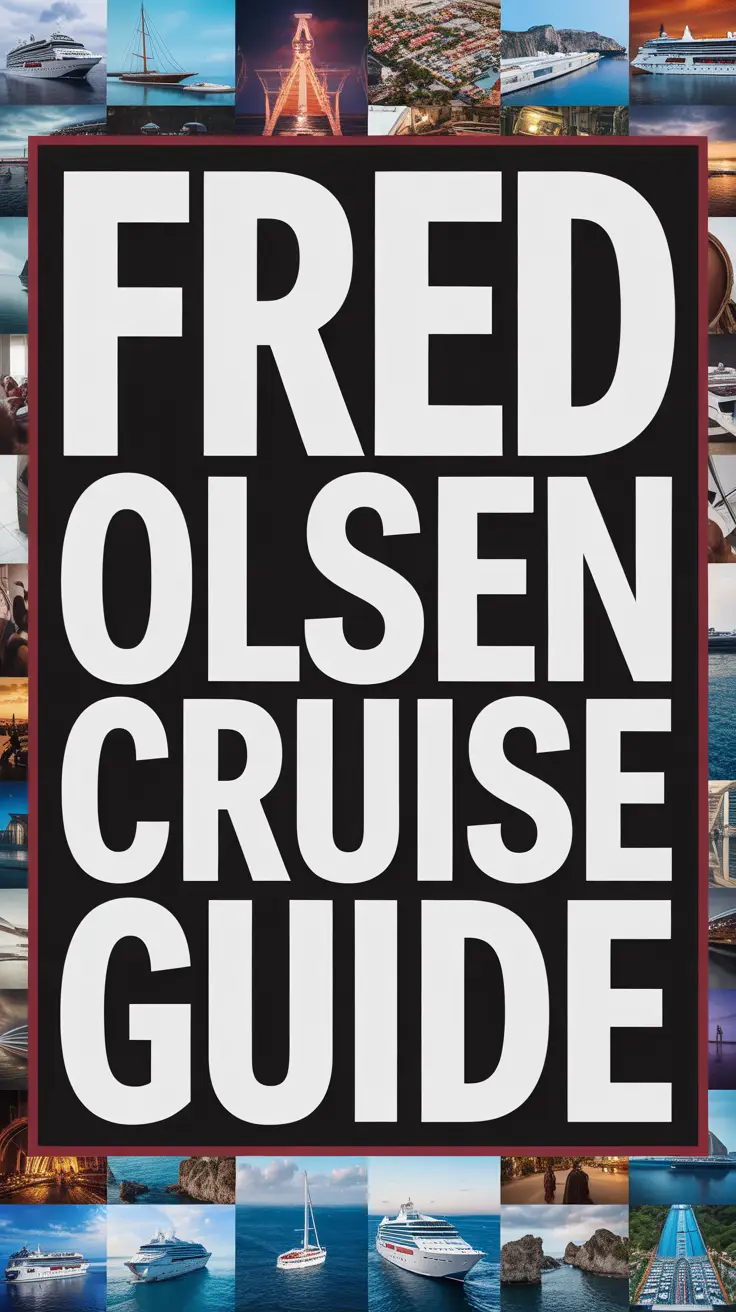How Barcelona Port Powers Catalonia’s Economy
Barcelona’s port isn’t just a pretty face where cruise ships pose for Instagram photos—it’s an economic powerhouse that quietly drives Catalonia’s prosperity while serving up some of the Mediterranean’s best cruise experiences. As someone who’s watched this port evolve from a decent stopover to a cruise industry titan, I can tell you there’s far more happening behind those gleaming terminals than meets the eye.
The Economic Engine Behind the Glamour
Barcelona Port generates over €3 billion annually for Catalonia’s economy, supporting more than 40,000 jobs directly and indirectly. But here’s what most cruise passengers don’t realize: you’re not just contributing to the tourism sector when you visit. The port’s cargo operations handle everything from your morning coffee beans to the latest smartphones, making it Europe’s fourth-largest container port.
“The cruise industry represents about 20% of our total economic impact, but it’s the most visible 20%,” explains Marina Castelló, Deputy Director of Commercial Operations at Port de Barcelona. “Every cruise passenger who steps off a ship creates a ripple effect that touches restaurants, taxi drivers, tour guides, and even local artisans in the Gothic Quarter.”
Why Cruise Lines Love Barcelona (And Keep Coming Back)
The numbers don’t lie—Barcelona consistently ranks among the top three cruise ports in the Mediterranean. Here’s why cruise lines can’t get enough:
- Seven state-of-the-art terminals that can accommodate the largest cruise ships simultaneously
- Strategic location perfect for Western Mediterranean itineraries
- Exceptional turnaround capabilities for ships starting and ending cruises
- World-class infrastructure including the Port’s official website showcasing their facilities
- Unbeatable city attractions within walking distance of the terminals
The Cruise Industry’s Multiplier Effect
Every cruise ship that docks creates a fascinating economic domino effect. A typical cruise passenger spends about €100 per day in Barcelona, but the real magic happens in the supply chain. Ships need fuel, food, maintenance, and cleaning services—all sourced locally when possible.
| Category | Average Spend per Passenger | Economic Impact |
|---|---|---|
| Dining & Beverages | €35 | Direct restaurant revenue |
| Shopping & Souvenirs | €25 | Retail sector boost |
| Tours & Attractions | €20 | Tourism industry support |
| Transportation | €15 | Taxi, metro, and bus revenue |
| Miscellaneous | €5 | Various local services |
Beyond Tourism: The Cargo Connection
Here’s an insider secret most cruise passengers never consider: Barcelona Port’s cargo operations actually subsidize the cruise infrastructure. Those massive container cranes you see? They’re funding the beautiful terminals where you embark. The port handles over 3 million containers annually, creating a financial foundation that allows competitive cruise pricing.
Challenges on the Horizon
Not everything is smooth sailing in paradise. Barcelona faces some real challenges that affect both the economy and your cruise experience:
- Overtourism concerns have led to local regulations limiting cruise ship visits during peak season
- Environmental pressures pushing for cleaner ship technologies and shore power connections
- Space constraints as the port balances cruise growth with cargo expansion
- Local opposition from residents in some neighborhoods heavily impacted by tourism
Innovation Driving Future Growth
Barcelona Port isn’t resting on its laurels. The facility is pioneering several initiatives that will shape cruising’s future while boosting economic benefits:
- Shore power connections reducing ship emissions while docked
- Smart port technologies improving efficiency and passenger flow
- Sustainable cruise initiatives attracting environmentally conscious cruise lines
- Expanded terminal facilities to handle next-generation mega-ships
Bonus Tips for Cruise Passengers
Want to maximize your contribution to Barcelona’s economy while getting the best experience? Here are some insider moves:
- Book pre- or post-cruise hotel stays—this doubles your economic impact and lets you explore beyond the port day rush
- Choose local restaurants over international chains—your euros go directly to Catalan families, especially when you explore local tapas bars
- Buy from local artisans in markets like Boqueria rather than tourist shops near the port
- Use public transportation—it’s efficient, affordable, and supports local infrastructure
- Book shore excursions through local operators rather than cruise lines when possible, especially for walking tours where comfortable waterproof walking shoes are essential
Common Questions
How does Barcelona Port compare economically to other Mediterranean cruise ports?
Barcelona consistently outperforms competitors like Civitavecchia or Palma in terms of passenger spending per day and economic multiplier effects, largely due to its world-class attractions and excellent infrastructure. This success story is detailed in how Barcelona became Europe’s cruise capital.
What percentage of Barcelona’s tourism revenue comes from cruise passengers?
Cruise passengers account for roughly 15% of Barcelona’s total tourism revenue, but they generate disproportionately high spending in specific sectors like dining and shopping due to their concentrated visit patterns.
How has the port’s cargo business influenced cruise operations?
The profitable cargo operations have allowed Barcelona Port to invest heavily in cruise infrastructure without relying solely on cruise revenue, creating better facilities and competitive pricing for cruise lines.
Do cruise passenger caps affect the port’s economic impact?
While passenger caps during peak season can limit immediate revenue, they’ve actually strengthened Barcelona’s position by extending the cruise season and attracting premium cruise lines that prefer less crowded ports.
Barcelona Port’s economic influence extends far beyond the gleaming cruise terminals and bustling boarding areas. It’s a masterclass in how maritime infrastructure can power regional prosperity while delivering world-class experiences. The next time you’re sipping sangria on Las Ramblas after disembarking, remember—you’re not just a tourist, you’re a vital participant in one of Europe’s most sophisticated economic ecosystems. Whether you’re planning day trips from Barcelona or exploring on foot (where quality waterproof footwear makes all the difference), you’re contributing to this remarkable economic engine. And that’s something worth raising a glass to.

